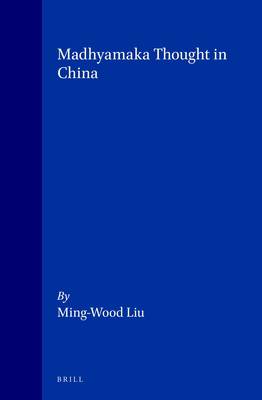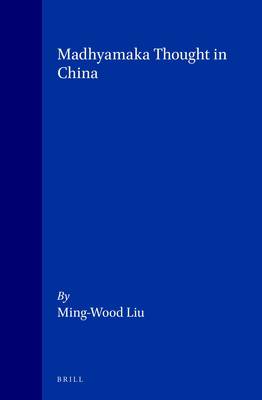
- Afhalen na 1 uur in een winkel met voorraad
- Gratis thuislevering in België vanaf € 30
- Ruim aanbod met 7 miljoen producten
- Afhalen na 1 uur in een winkel met voorraad
- Gratis thuislevering in België vanaf € 30
- Ruim aanbod met 7 miljoen producten
Zoeken
€ 261,45
+ 522 punten
Omschrijving
The history of the Madhyamaka, one of the two main Indian Mahāyāna Buddhist philosophical traditions, began around the second century A.D. with the appearance of the writings of Nāgārjuna and Nāgārjuna's followers. Several of these writings were transmitted to China in the first decade of the fifth century, and had exerted a considerable influence on the development of Chinese Buddhist thought. This book examines the three stages of development of Chinese Madhyamaka, focussing attention on the different ways the representative figures of each stage applied basic Madhyamaka principles to deal with the central Buddhist doctrinal issues of their age.
The chief aim of this book is to locate an ideological nucleus and to trace a general pattern of transformation, referring to which the precise significance of the key theoretical elements and the exact relationship between the main doctrinal aspects of a broad Buddhist intellectual trend can be clearly demonstrated and accurately defined.
The chief aim of this book is to locate an ideological nucleus and to trace a general pattern of transformation, referring to which the precise significance of the key theoretical elements and the exact relationship between the main doctrinal aspects of a broad Buddhist intellectual trend can be clearly demonstrated and accurately defined.
Specificaties
Betrokkenen
- Auteur(s):
- Uitgeverij:
Inhoud
- Aantal bladzijden:
- 304
- Taal:
- Engels
- Reeks:
- Reeksnummer:
- nr. 30
Eigenschappen
- Productcode (EAN):
- 9789004099845
- Verschijningsdatum:
- 1/11/1994
- Uitvoering:
- Hardcover
- Formaat:
- Genaaid
- Afmetingen:
- 155 mm x 239 mm
- Gewicht:
- 589 g

Alleen bij Standaard Boekhandel
+ 522 punten op je klantenkaart van Standaard Boekhandel
Beoordelingen
We publiceren alleen reviews die voldoen aan de voorwaarden voor reviews. Bekijk onze voorwaarden voor reviews.








